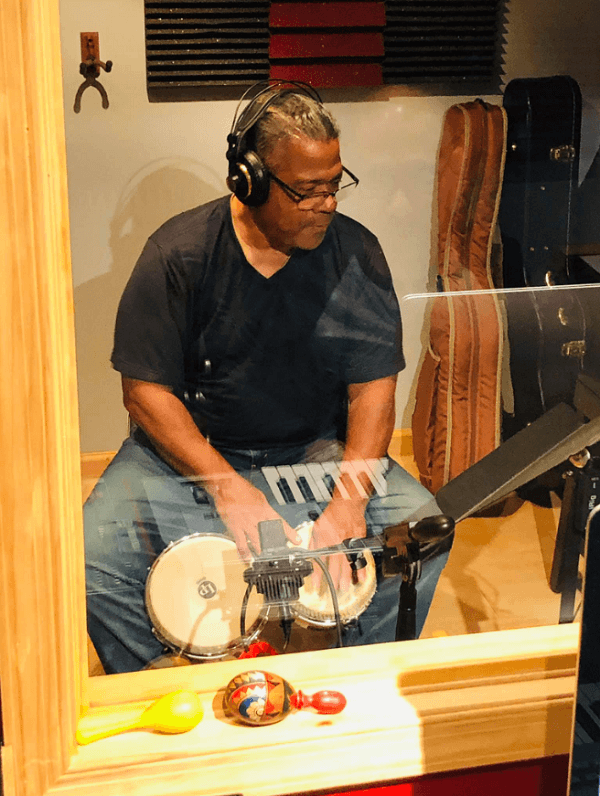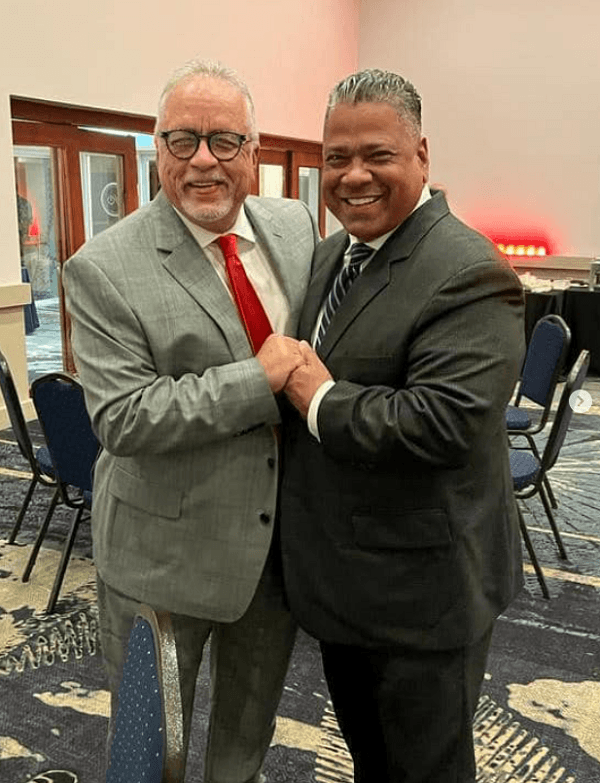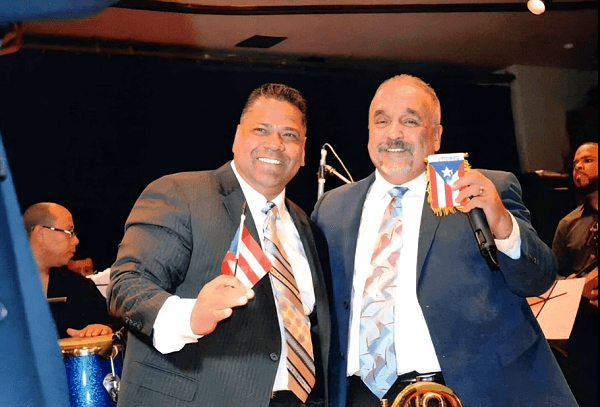The musical group will give a concert for their country, Puerto Rico.
It is no secret that 2020 has been one of the hardest years in recent times, with a pandemic that caused a health emergency and economically destabilized many countries, it is normal that most population is negatively affected as a result, and of course, artists have also been affected; many concerts and festivals have been canceled due to the delicate situation, which led artists and organizations within the music industry to “improvise”.
On this occasion, this virtual concert will be presented by the Econo supermarket, on December 26 at 8:00 pm, and will be broadcast on both the supermarket’s Facebook site and on their YouTube channel; It is important to mention that not only El Gran Combo de Puerto Rico will be presented, but the concert will also have the participation of Fiel a la Vega.
The concert is prepared to celebrate the supermarket 50 years of history, and more than a celebration, it is also a gift of gratitude to the people of the region, that is why the event is called “Agradecimiento a Puerto Rico” (thanks to Puerto Rico); Furthermore, the president of Econo, Eduardo Marxuach, said that “The concert is our way of thanking all the public for the treatment, preference and all the support that we have had in Econo Supermarkets throughout these 50 years of history” Marxuach also mentioned how complicated the year has been but from an optimistic point of view. “Even though we have had a difficult year, we want to close it up with a musical celebration, which is the soul of all of us.”
As for the duration of the concert, it is estimated to be two hours of music, the place chosen for the recording is the Coca-Cola Music Hall, so the sound quality is quite guaranteed. Everything has been planned so that the audience can enjoy a great virtual concert, despite the fact that surely most of the people are not yet familiar with this type of show.

Virtual concerts during 2020
The unfortunate pandemic caused people to spend much more time than usual in their homes, but is everything absolutely negative? All negative things always have a positive aspect too, and in this case, the fact that people have more time to spend in front of a mobile or a computer, has brought some possibilities that artists had not considered before, and one of those possibilities is virtual concerts. These types of events can help the artists to promote themselves or to connect with their followers; plus, the concert organized by the Econo supermarket has made it quite clear that even organizations that are not directly linked to the music industry, can also take advantage of the situation to present this type of events.
Proof of how well these particular types of concerts have worked out is that not only the most popular artists can carry them out, but organizations that are not huge multinationals can also take advantage of them.





















